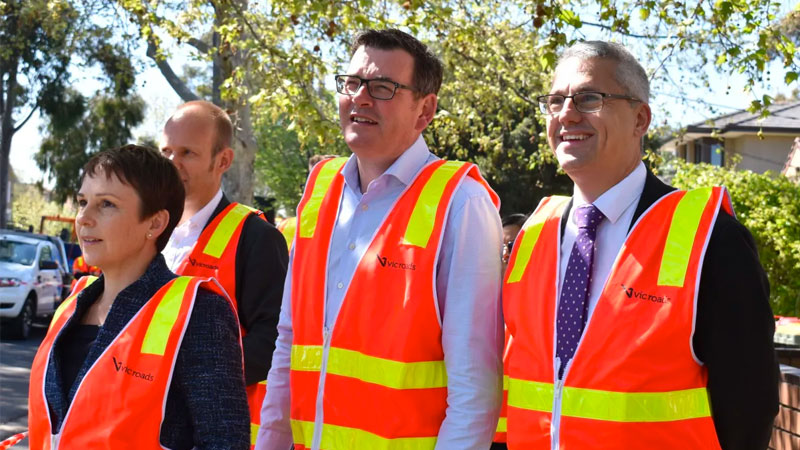The Victorian government looks set this week to pass its controversial Windfall Gains Tax—a 50 per cent levy on the extra value created from rezoning a piece of land.
The legislation, currently tabled in parliament, requires the “windfall gain” to be paid either when the land is sold or 30 years after the rezoning, whichever happens first.
Landowners would need to pay interest on the deferred tax bill every year from the moment rezoning occurs.
The tax is part of $2.7 billion in revenue-raising measures announced in the state budget earlier this year.
Victoria is currently grappling with some of the largest debt in the country—total debt has increased to $61 billion, according to a fiscal report released in March.
In NSW, net debt is $53 billion, however, Victoria’s liabilities are expected to grow to be 50 per cent greater than that state’s by 2023-24.
Under the proposed system, a windfall gain less than $100,000 would not be taxed, however, taxable uplift values between $100,000 to $500,000 would be taxed at 62.5 per cent for the part of the taxable value uplift that that exceeds $100,000 (resulting in an effective WGT rate of less than 50 per cent). For taxable value uplifts of $500,000 or more, WGT is applied at a flat rate of 50 per cent of the taxable value uplift.
The tax will have significant consequences, particularly for owners of large blocks of land that will be rezoned for residential development purposes, and is expected to usher in greater imposts for developers in regional areas than in growth zones around Melbourne.

Windfall profits have a contentious history in Victoria, after a 2012 decision by former Liberal planning minister Matthew Guy to rezone 250ha in the Fishermans Bend precinct in industrial South Melbourne overnight for high-rise development.
Housing Industry Association Victoria executive director Fiona Nield opposed the tax and said the changes would put home ownership out of reach for even more Victorians by placing further upward pressure on the cost of land for new housing which continued to be in short supply.
“Bringing new land to market in Victoria takes up to a decade, meaning land owners already manage the risk, cost and changing legal arrangements that may affect a project,” Nield said.
“Certainty is key—land owners are used to paying federal taxes on property sales, but this Windfall Gains Tax will bring unnecessary complexity to Victorian property transactions and slow down housing supply.
“Developers who purchase land for housing development may simply not be able to proceed with their projects in the years to come.”
SGS Economics and Planning senior associate Gerard Lind said despite the claims that development will grind to a halt as a result of the new tax, Victoria currently has more than 15 years of land already zoned for development in both metropolitan and regional areas.
“Zoning laws give property rights to develop land and they directly dictate the value of development sites,” Lind said
“Land holders can make millions on the stroke of a planner’s pen when places are rezoned from low-value uses to dense residential uses.
“These property rights for land development are not earned, they are given.
“It is fair and economically efficient to charge for them, just like for mining rights, access to telecommunications bandwidth, or quotas in commercial fisheries.”
If approved, Victoria will join the Australian Capital Territory in taxing development on land that goes beyond the existing contribution charges.
The tax would come into operation from July 2023—12 months later than initially planned.
The state government is also planning to lift stamp duty on properties valued at $2 million and above from 5.5 to 6.6 per cent—adding $20,000 to the price of properties at the bottom end of that range.
NSW is also considering changes to land taxes and stamp duties, and has proposed gradually replacing the latter with the former.
Instead of a one-off upfront payment, property buyers could instead opt to pay an annual tax based on the value of their land.